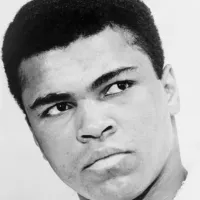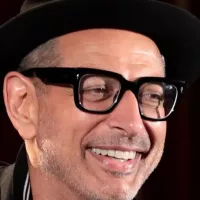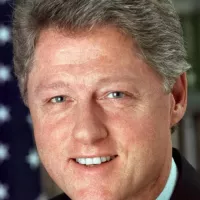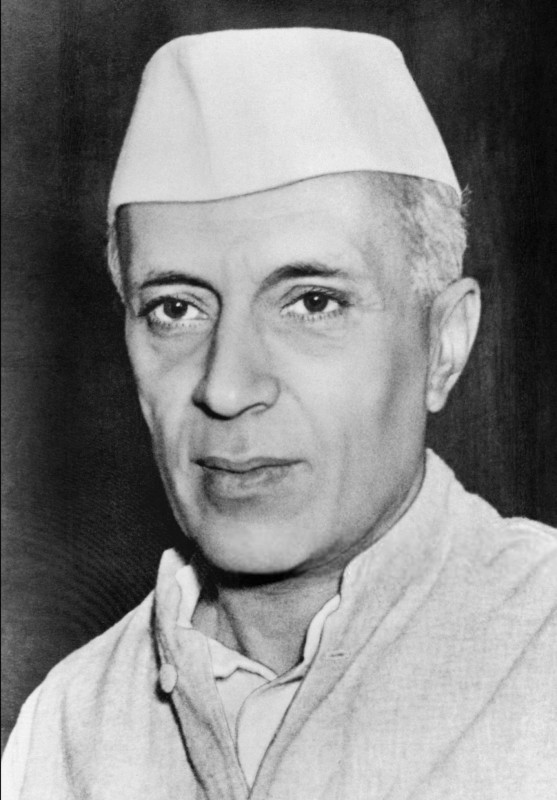How education and upbringing influenced the life of Jawaharlal Nehru. A timeline of key moments.
Jawaharlal Nehru was the first Prime Minister of independent India and a central figure in the country's mid-20th century politics. A prominent anti-colonial nationalist, he advocated for secular humanism and social democracy. Nehru was also a writer, historian, lawyer, and statesman. His leadership shaped India's early post-independence trajectory.
1929: Hoisting the Tricolour Flag and Pledge of Independence
On New Year's Eve 1929, Jawaharlal Nehru hoisted the tricolour flag of India on the banks of the Ravi in Lahore. A pledge of independence was read, including a readiness to withhold taxes, receiving approval from the public. 172 Indian legislators resigned in support. The Congress then called for observing January 26 as Independence Day, leading to flag hoisting across India and plans for civil disobedience.
April 1930: Arrest for Breach of Salt Law
In April 1930, Jawaharlal Nehru was arrested while traveling by train from Allahabad to Raipur for ceremoniously manufacturing contraband salt. Earlier he had addressed a huge meeting and led a vast procession. He was charged with breach of the salt law and sentenced to six months of imprisonment at Central Jail.
October 1930: Release and Re-arrest
On October 11, 1930, Jawaharlal Nehru's detention ended. However, he was back in jail in less than ten days for resuming the presidency of the banned Congress.
January 1931: Early Release from Prison
On January 26, 1931, Jawaharlal Nehru and other prisoners were released early by Lord Irwin, who was negotiating with Gandhi.
February 1931: Death of Motilal Nehru
On February 6, 1931, Nehru's father died.
December 1931: Imprisonment for "No-Rent" Campaign
On December 26, 1931, Jawaharlal Nehru was imprisoned again after violating court orders by leading a "no-rent" campaign in Allahabad to help alleviate peasant distress.
August 1933: Release and Government's Intention to Re-detain
On August 30, 1933, Jawaharlal Nehru was released from prison, but the government soon moved to detain him again.
January 1934: Arrest in Allahabad
On January 12, 1934, Jawaharlal Nehru was arrested in Allahabad.
August 1934: Brief Release for Wife's Health
In August 1934, Jawaharlal Nehru was briefly released for eleven days to attend to his wife Kamala's ailing health.
September 1935: Kamala Nehru's Illness
In September 1935, Nehru's wife, Kamala, became terminally ill while receiving medical treatment in Badenweiler, Germany.
January 1938: Death of Nehru's mother
Jawaharlal Nehru was discontented with his role as Congress president, especially after the death of his mother in January 1938.
March 1940: Pakistan Resolution
In March 1940, Muhammad Ali Jinnah passed the Pakistan Resolution, declaring that Muslims are a nation and must have their own state.
August 1942: Arrest Following Quit India Resolution
Following the Quit India resolution passed by the Congress party in Bombay on August 8, 1942, the entire Congress working committee, including Gandhi and Nehru, was arrested and imprisoned.
May 1944: Release of Gandhi
Gandhi had been released from prison on medical grounds in May 1944
June 1945: Release from Ahmednagar Fort
Most of the Congress working committee, including Nehru, Abdul Kalam Azad, and Sardar Patel, were incarcerated at the Ahmednagar Fort until June 15, 1945.
Mentioned in this timeline

Muhammad Ali nicknamed The Greatest was an iconic American professional...
India officially the Republic of India is located in South...
Germany officially the Federal Republic of Germany is a Western...

New Year's Eve observed on December st marks the final...
Pakistan officially the Islamic Republic of Pakistan is a South...

Trains are a connected series of vehicles traveling on railway...
Trending

2 days ago Jeff Goldblum adopts vegetarian diet after 'Wicked' role, citing significant personal change.
3 days ago Australia Rejects Turkey's Climate Summit Co-Hosting Offer: Standoff Intensifies, Albanese Declares 'Not an Option'

35 minutes ago Gary Sinise Foundation gifts milestone 100th home to wounded veteran in Tennessee.

Lily Allen is an English singer songwriter and actress known for her outspoken lyrics and pop music She gained prominence...

6 months ago Trans Athlete Wins California State Titles Amidst Controversy and Political Tension.
1 day ago Ultra-Processed Foods: Study Links Consumption to Harm Across Major Human Organs
Popular

XXXTentacion born Jahseh Dwayne Ricardo Onfroy was a controversial yet...

Cristiano Ronaldo often nicknamed CR is a Portuguese professional footballer...

William Franklin Graham III commonly known as Franklin Graham is...

Candace Owens is an American conservative political commentator and author...

Michelle Obama is an American attorney author and former First...

Bill Clinton the nd U S President - served as...
